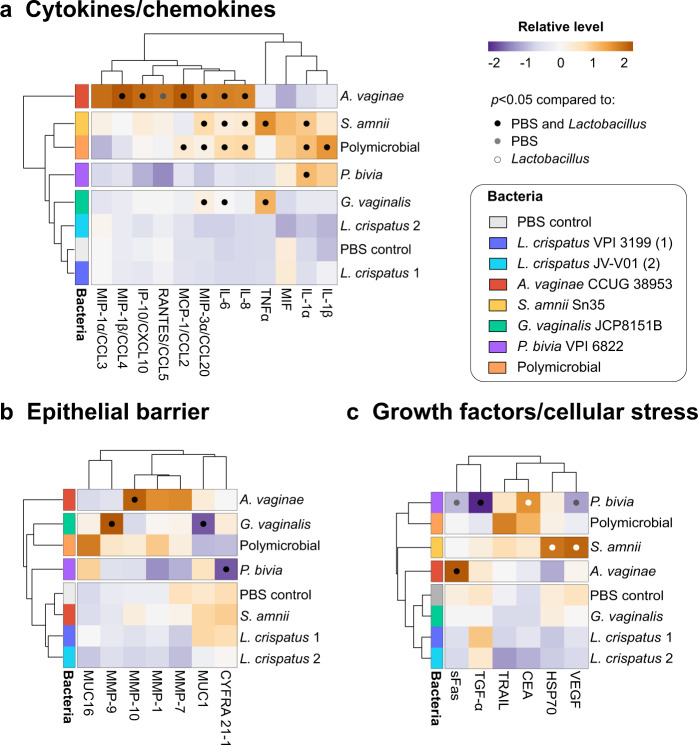Fig. 2. BVAB species distinctively modulate host defense responses in human 3D cervical models relative to Lactobacillus and PBS controls.
A. vaginae, S. amnii, and polymicrobial community exerted the greatest proinflammatory potentials, whereas G. vaginalis and P. bivia mostly altered the epithelial barrier targets. S. amnii also induced proteins related to cellular stress and angiogenesis. Human 3D cervical models were colonized with L. crispatus type strain (1) and L. crispatus vaginal isolate (2) or infected with single BVAB species and a polymicrobial community (consisting of four tested BVAB) for 24 h. The heatmaps depict relative levels of cytokines/chemokines (a), protein targets related to physicochemical barrier (b), and growth factors and cellular stress-related proteins (c) evaluated in the cell culture supernatants. Bacterial infections were grouped using hierarchical clustering. The data were mean centered and scaled and variance was scaled for each target. Clustering was based on Euclidean distance and average linkage. Black dots indicate significant changes (p < 0.05) in protein levels when compared to both Lactobacillus and uninfected (PBS) controls. Gray dots indicate targets significantly different from PBS only, whereas white dots indicate targets significantly different from Lactobacillus only. Statistical differences between the mean levels of protein targets among the groups were determined using ANOVA with Tukey’s adjustment for multiple comparisons.

